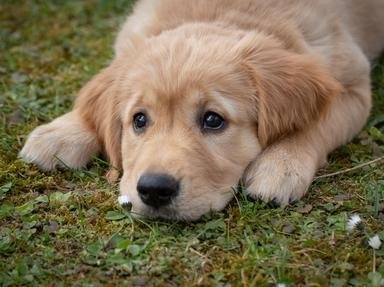Quiz Answer Key and Fun Facts
1. The Keeshond breed originated in what area?
2. Keeshonden were originally used for what purpose?
3. What coloring is characteristic of the Keeshond breed?
4. What type of dog is the Keeshond?
5. Keeshonds are prone to which of the following diseases?
6. What is the German name of the Keeshond?
7. In what year was the Keeshond club of America formed?
8. Keeshonden are known for their thick, plush, double coat. How often do they typically undergo a major shed or "blow" their coat?
9. Which of these is nickname of the Keeshond?
10. The name Keeshond derives from Cornelis (Kees) de Gyselaer, a Dutch politician in the second half of the 18th century. What was his role in the Dutch political arena?
Source: Author
piet
This quiz was reviewed by FunTrivia editor
rossian before going online.
Any errors found in FunTrivia content are routinely corrected through our feedback system.
